The kingfisher is a bird with a bright blue color, a long pointed beak and multi-layered waterproof feathers. Their favorite food is small fish. They do not make nests but live in burrows on river banks.
Information about the kingfisher
Kingfishers or blue kingfishers belong to a group of small, brightly colored birds belonging to the Citrus order. This species is distributed throughout most continents of the world, including Vietnam.
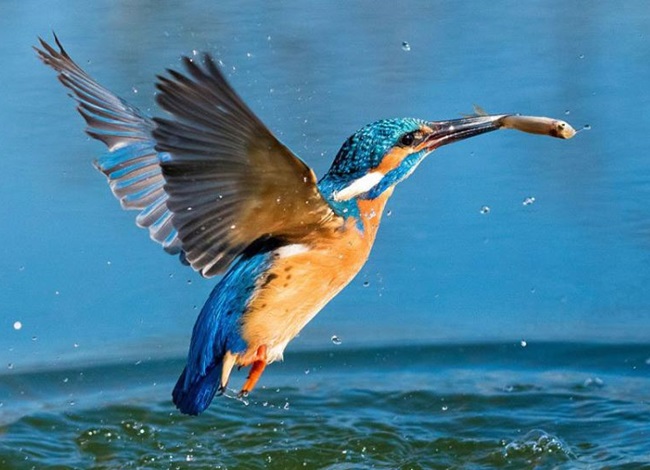
In Vietnam, kingfishers belong to the Kingfisher Family (Cerylidae) in three main families: Alcedinidae (Lemon Kingfisher Family), Halcyonidae (Lemongrass Family), and Cerylidae (Kingfisher Family). The ancestors of this bird originally originated in Africa and then distributed into families distributed to Asia, America and other continents.
Kingfishers have an average lifespan of 4 to 5 years.
Characteristics of the kingfisher
Below are the general characteristics of the kingfisher you can recognize in terms of shape, behavior,…
1. Shape
There are about 90 species of kingfishers in the world with common characteristics such as a body length of 15-17cm. Big head, long beak flattened on both sides and sharp; The legs are short, coral red and have sharp claws.
Size
– The smallest species in the group is the Dwarf Lecontei (Ispidina lecontei), with an average weight and height of only 10.4g and 10cm.
– The largest species is the giant kingfisher (Megaceryle maxima), reaching an average of 355g and 45cm
– The heaviest species is the Australian Kingfisher (Dacelo novaeguineae), adults reach over 450g.
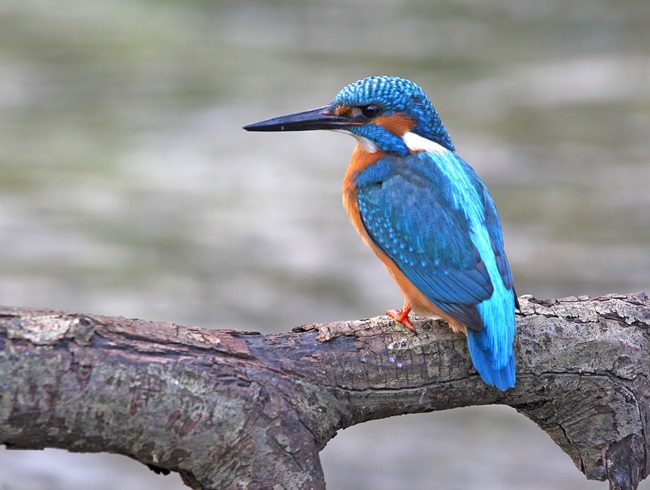
Fur
The kingfisher’s plumage has bright colors, the back is blue or sky blue, turquoise or moss green, the belly is dark brown, and the feathers on the neck are white. The color of females is somewhat lighter than that of males.
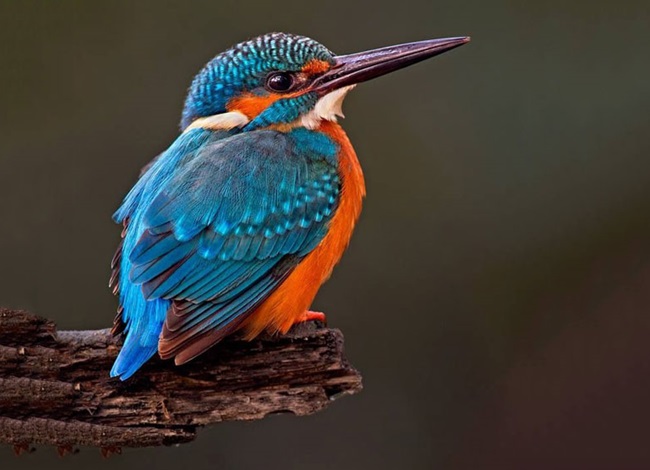
We often see the feathers shiny when they fly in the sunlight, which is due to the structure of the feathers, causing the scattering of blue light when light shines on them.
2. Living environment
Most kingfishers live in tropical environments, and a few are found in forests. They do not nest in trees but dig burrows along the banks of rivers, streams and lakes. They operate in waters with slow currents or still waters.
They are vulnerable to winter and to habitat degradation caused by pollution.
3. Behavior of kingfishers
Kingfishers are solitary birds. Only during the mating period do males and females meet. During this time, male and female birds chase each other fiercely, sometimes lasting for hours. When the chase is over, the male takes the female to his tunnel-shaped nest and lets the female breed.
What do kingfishers eat?
The food of kingfishers of the Kingfisher Family (Cerylidae) is small fish, shrimp, tadpoles, frogs… often caught by diving headfirst into the water or flying above the water to hunt. After catching a fish, they return to their perch and kill their prey by smashing it against a tree branch before swallowing it.
Kingfishers belonging to the two remaining families in the world live far from water and eat small invertebrates.
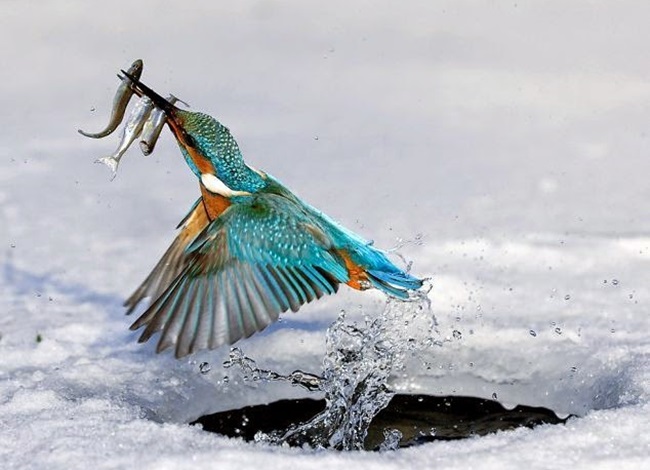
Hunting ability
The kingfisher’s eyes have extremely good vision, they have binocular vision, limiting eye movement within the eye sockets, instead using head movements to track prey. In addition, they have the ability to compensate for water refraction and reflexes when hunting underwater prey, and can accurately judge underwater depth. They also have membranes that cover their eyes to protect them when they fall into the water.
Reproductive behavior of kingfishers
Eggs are laid by female kingfishers in nests dug by male kingfishers with their beaks and feet on steep banks, the depth of the nest is from 60 to 90cm and the diameter is 6cm.
After chasing and conquering the female bird, they pair up and return to the male’s nest to mate and lay eggs in the male’s nest.
The female lays 6 to 7 eggs each time. The male and female will incubate the eggs together for about 20 days until the chicks hatch.
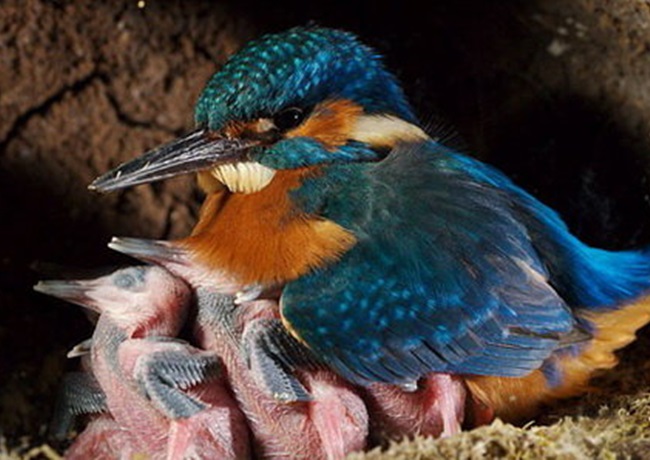
When newly hatched, young kingfishers have no feathers and their parents take turns finding food for them to eat. After about 25 days, the young birds can fly and leave the nest for the first time.





